Review
The Atto 2 has a very European look and feel but it enters a market full of strong competition. Pricing and specs are yet to be announced, so we can't say for sure if it's going to be a worthy fleet choice.
Overview
From its aquatic mammal naming strategy to its guitar string door pockets and revolving centre infotainment display, BYD has a knack for making cars that are a little bit different. The Chinese car maker wants to become a dominant player in the UK market by stealing sales from established Europen brands. With the Atto 2 it has moved away from gimmicky USPs and had a decent go at producing something more conventional.
It's a compact SUV, which means there’s plenty of competition. Kia’s EV3, the Hyundai Kona and a whole family of Stellantis models are just some of the Atto 2’s rivals. Oh, and let’s not forget the Ford Puma Gen-E, Renault 4 and Skoda Elroq!
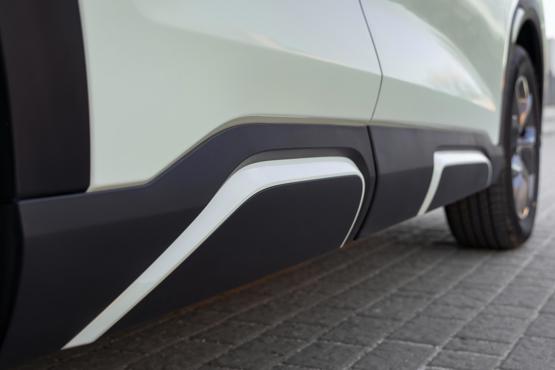
Styling has been reigned in, to give more universal appeal. Aside from some chunky cladding, the Atto 2 has clean lines but is fairly generic with little brand identity. It looks a bit like a knock-off Smart #1 from some angles, but could easily be mistaken for a European model rather than a Chinese one. Which is what the designers were going for.
The interior is more impressive. It is, again, cleaner in its design and somehow feels less fussy than some other BYDs. You can get to grips with the controls more quickly and there’s a more upmarket look and feel to the materials and switchgear.
Prices are yet to be confirmed, but the Atto 2 is expected to start at around £28,000. There will be a choice of two trim levels - Boost and Comfort - each with their own powertrains, when the car goes on sale later this year.
Comfort and practicality
The Atto 2 is taller than a lot of its rivals which, combined with the standard-fit glass roof, gives a light and airy feel to the car’s interior. You can comfortably fit four adults inside, with decent legroom for those in the rear. The middle seat is fairly narrow and doesn’t have a head restraint, so is more suited to children.
Up front the sculpted seats have integrated headrests and provide reasonable comfort and support. They also include electric adjustment and heating, as standard.
While the more conservative interior design lacks any real flair, it is at least a nice place to be. Materials feel decent for the price point, the ergonomics are good and everything feels robust and family friendly.
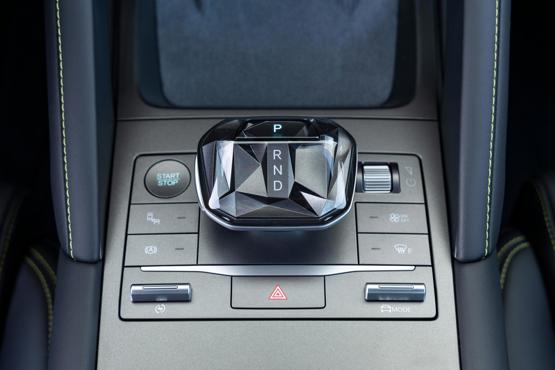
In the centre console there’s a gear selector lever and a physical volume knob, while the steering column houses conventional indicator and wiper stalks. It’s all very… proper.
The rear seats fold in a 60:40 split and there’s a reasonable 400-litre boot.
Safety and technology
BYD claims the Atto 2 has been designed with safety in mind. It uses the brand’s Cell-to-Body construction, which ensures increased body rigidity over other compact SUVs. The car also features an array of airbags and a full suite of driver aids.
It is yet to be tested by Euro NCAP but BYD is yet to launch a car that doesn’t have a five-star safety rating.
The car’s infotainment is delivered via a 12.8-inch central touchscreen and uses a newer version of BYD’s software. It supports a range of online services, including music streaming, and has a more user-friendly layout with crisper graphics. Despite having lots of functionality, the interface is not as slick as some European manufacturers manage.
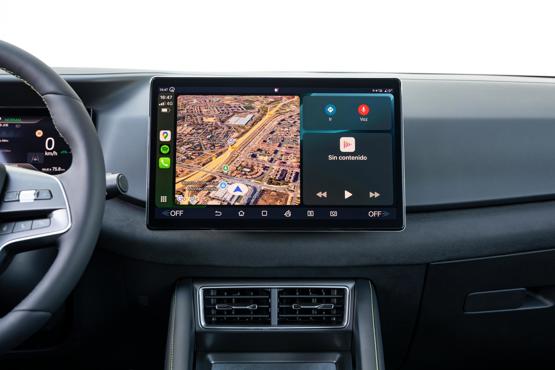
One of the highlights is a new multi-touch function that improves the usability of the infotainment display; even when running Android Auto or Apple CarPlay, swiping up and down with three fingers adjusts the cabin temperature, while swiping from side to side changes the ventilation fan speed.
Settings for the various assistance systems, which will emit various warning beeps while driving, are found within the complex menu system. There is a physical switch to disable blind spot monitoring, oddly. We can’t imagine many people will ever want to switch that off over something like lane departure or speed limit warnings.
There’s plenty of standard kit, including keyless entry, LED headlights, a 360-degree camera system, parking sensors and adaptive cruise control. The car also comes with a range-boosting heat pump.
Driveability and range
The Atto 2 Boost is fitted with a 50.1kWh battery pack that is expected to give a range of around 210 miles. It powers a single electric motor that drives the front wheels with 177PS and 290Nm. While fairly modest compared to rivals, the power output is enough to give the Atto 2 a brisk feel. It’s nimble in town and doesn’t feel sluggish on motorways.
There’s a degree of wheelspin if you try an accelerate too quickly, but otherwise the Atto 2 grips well and delivers a positive driving experience at modest speeds. If you press on it’s not particularly engaging. The steering is light and while grippy, the Atto 2 doesn’t encourage a more aggressive driving style.
Ride quality remains compliant. It’s soft enough at low speeds to tackle speedbumps and potholes, while there’s not too much body roll at higher speeds.
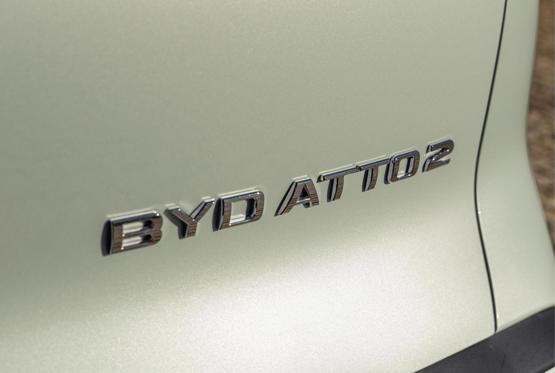
Our test car was fitted with a slightly smaller European-spec 45kWh battery, which returned just 3.5mi/kWh, which isn’t particularly impressive. Although, on an urban route, the next day, it managed almost 5.0mi/kWh.
For the UK-bound larger battery, we’d expect a real-world range of around 190 miles, for the Boost version. There will also be a Comfort model, with a larger battery and a range of around 260 miles. BYD is yet to confirm the full specs of UK models.
When it comes to charging, the Atto 2 manages an unremarkable 65kW at a DC fast charger. This means a 10%-80% charge will take 37 minutes.
Company car tax and running costs
The Atto 2 is expected to be priced competitively but it enters a market full of very capable rivals. The Kia EV3 is more spacious and has far more range, the Ford Puma is better to drive and more stylish and Skoda’s Elroq is an excellent all-rounder.
There’s also the Renault 4 E-Tech, which costs around the same as the Atto 2’s estimated starting price but has a longer range.
As a fully electric model it will attract a 2% benefit-in-kind (BiK) tax rate for the 2025/26 tax year.
If BYD wants to have a fighting chance in this segment, then it’s going to have to price the Atto 2 very aggressively.
Matt has been an automotive journalist for nine years and has driven just about every new car and van that's on sale. As content editor - vehicles he is responsible for the automotive content on Fleet News and also contributes to Automotive Management. Prior to this, Matt worked in the automotive industry for 10 years.



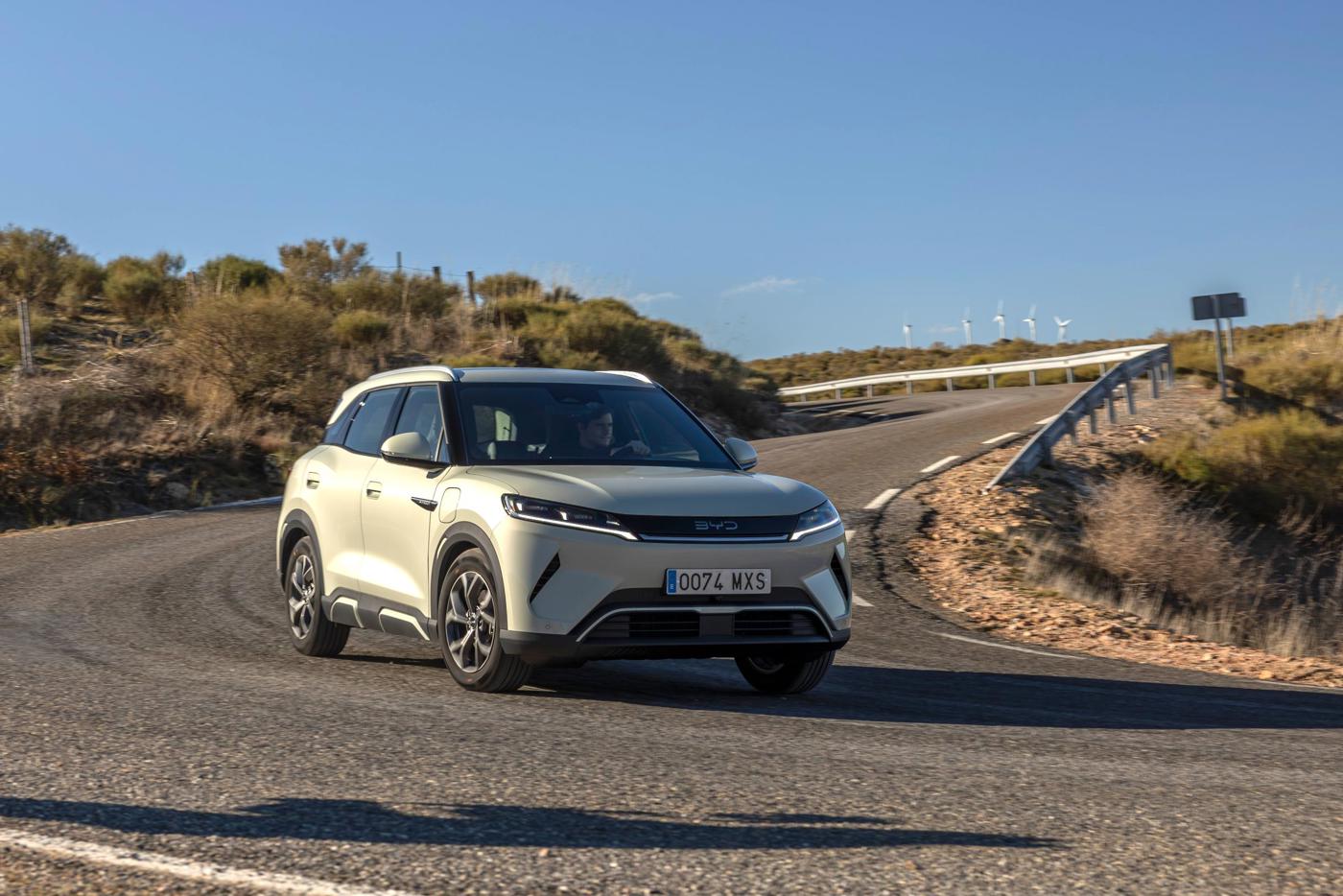




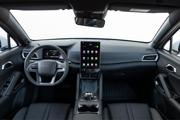


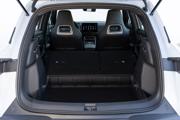


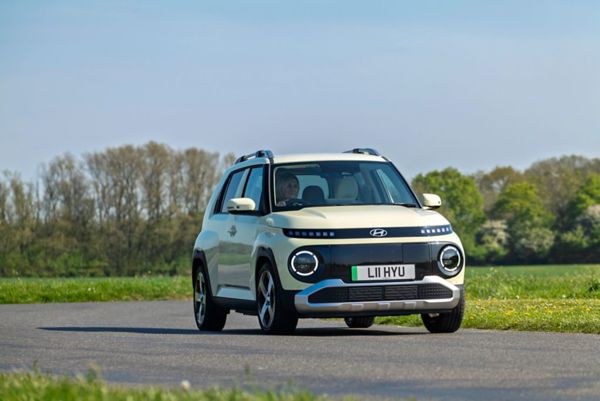
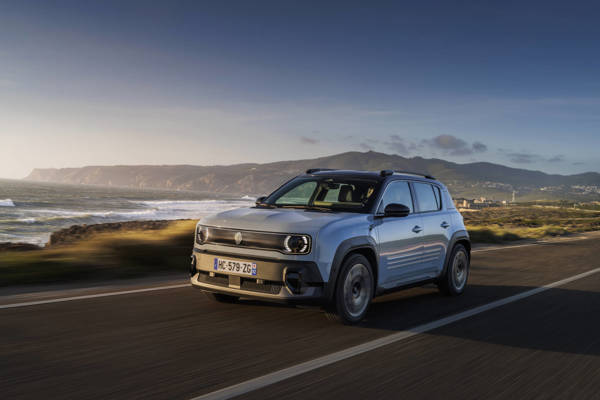
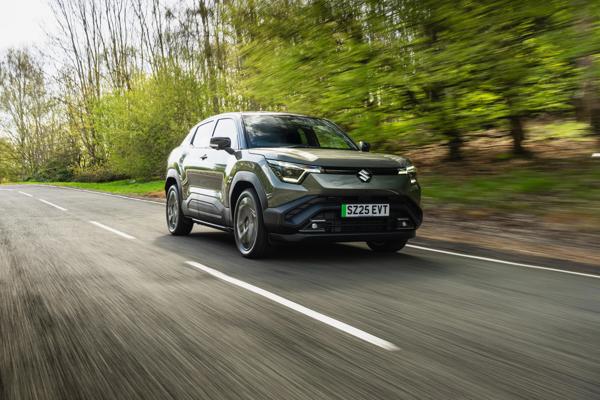
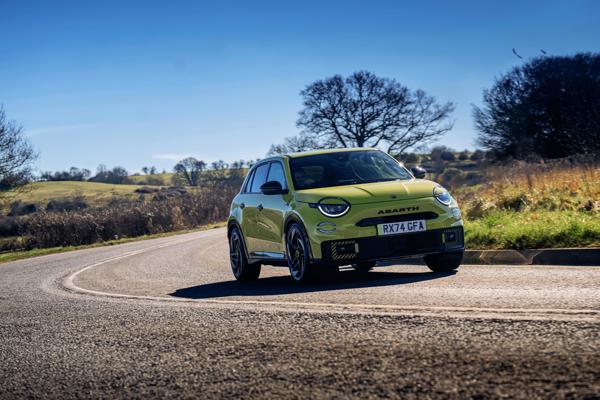
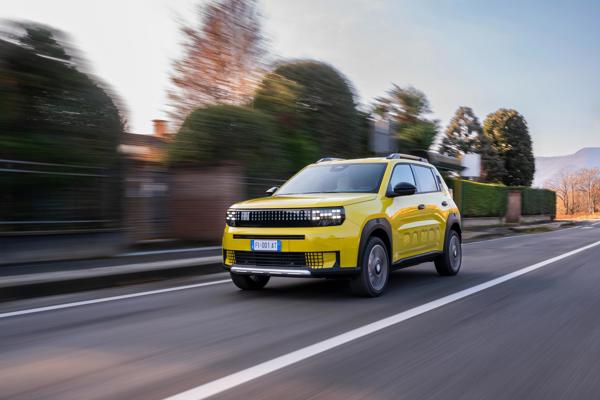
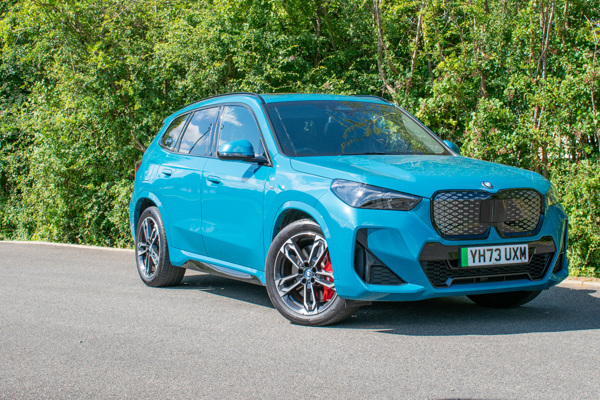
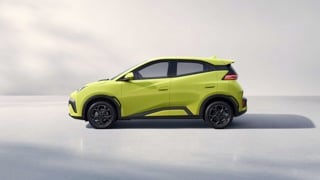

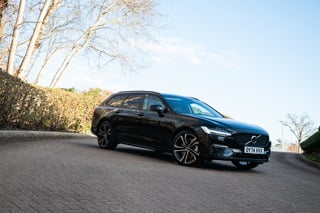
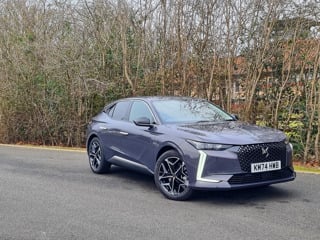













Login to comment
Comments
No comments have been made yet.